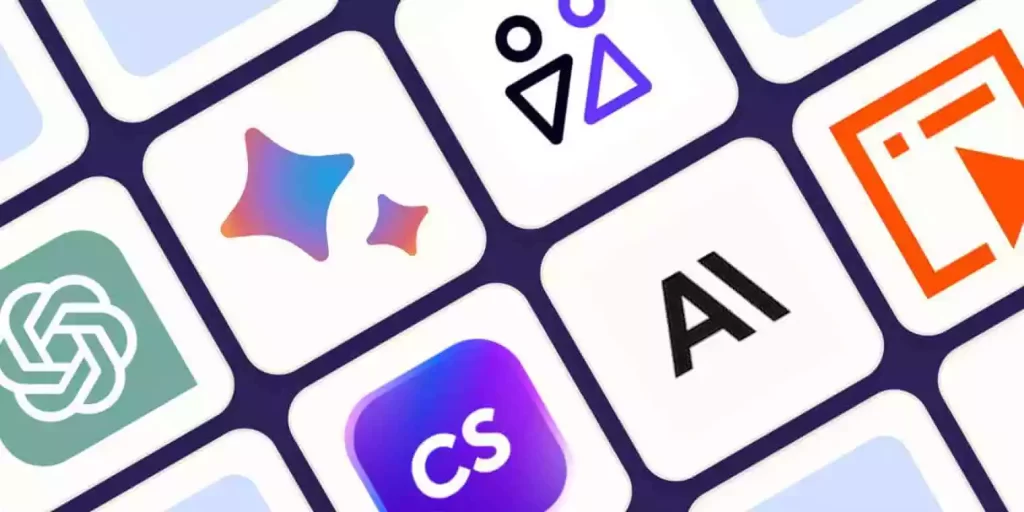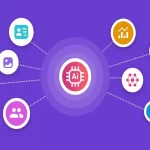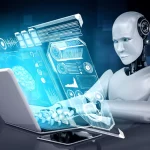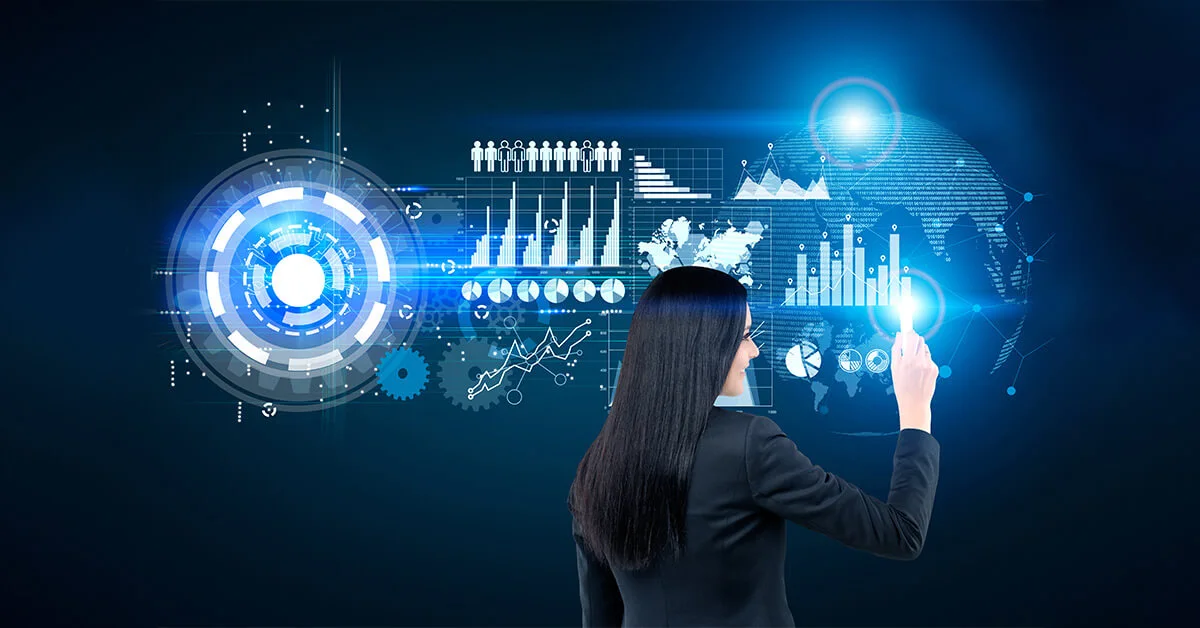1 – A Pioneer in Machine Translation
Google has been at the forefront of machine translation for years, constantly improving services like Google Translate through advances in neural network techniques. By training models on massive multilingual datasets, Google AI powers accurate translations between over 100 languages. This work demonstrates Google’s leadership in natural language processing and the potential for AI to connect people globally.

Content
2 – Advanced Imaging Capabilities
Google AI research has also focused on computer vision through projects like Google Lens. By applying deep learning to visual recognition tasks, Google enables new interactions between the digital and physical world. Services powered by this research include visual search, augmented reality and diagnosing medical images. Google’s imaging work shows the breadth of their AI capabilities.
3 – Conversational Agents
To advance human-AI interaction, Google created intelligent agents like Google Assistant. Trained with self-supervised techniques on dialog datasets, Google’s conversational models can understand questions, have natural discussions and offer helpful information to users. This work highlights Google’s focus on building AI that enhances people’s lives through more intuitive interfaces.
4 – Optimizing Data Centers with AI
Google applies machine learning internally to optimize data center cooling and energy usage. By monitoring millions of sensors, AI helps Google’s data centers run more efficiently to reduce costs and carbon footprint. This demonstrates how Google leverages AI for sustainable operations behind the scenes.
5 – AI for Social Good
Google also works on applying AI for social impact. Projects include using machine learning to predict wildlife poaching or monitor coral reefs for conservation efforts. Google’s diverse applications of AI thus span business, research and using technology for environmental/humanitarian benefits.
In conclusion, through projects spanning translation, imaging, agents and more, Google AI demonstrates the wide-ranging capabilities and applications of artificial intelligence. By advancing fields like NLP and computer vision while focusing on safety, Google is helping unlock AI’s potential to solve problems and empower users. Its diverse work highlights how AI can enhance many areas of business and society.
FAQs
What is Google’s approach to developing safe AI?
Google focuses on techniques like Constitutional AI, interpretability, oversight and human-in-the-loop review to ensure their systems act safely and for the benefit of users. They also publish annual AI safety reports.
How does Google train their large AI models?
Google relies on self-supervised techniques like language modeling to train models on massive private datasets, then fine-tunes them for specific applications. This approach leverages massive amounts of unlabeled data.







